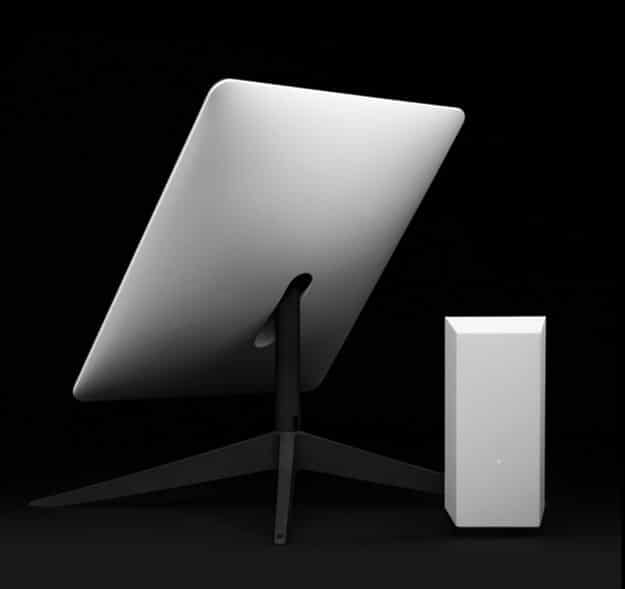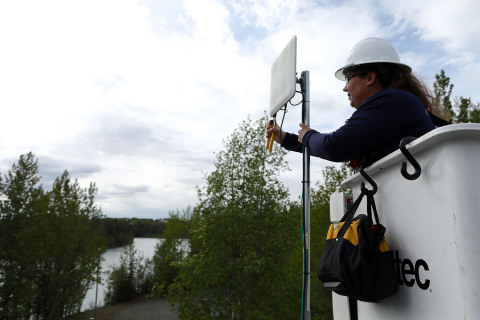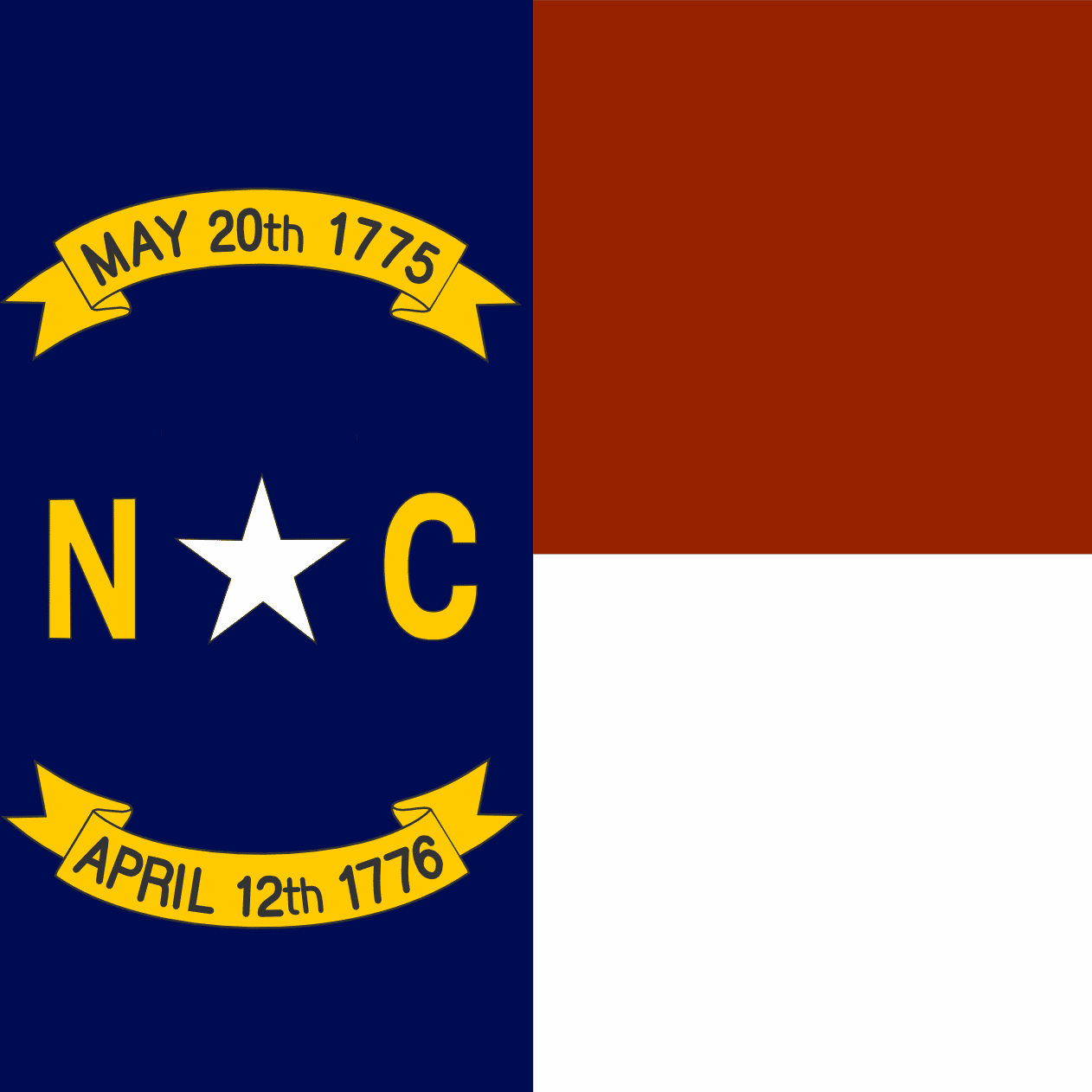It’s been 18 months since the Rural Digital Opportunity Fund (RDOF) auction was completed and the FCC has not yet released funding for five of the top 10 winning bidders.
It’s beginning to look like that isn’t going to happen, considering that the other five top winning bidders have had all or most of their funding released, as have scores of smaller winners. The commission typically releases a ready-to-authorize list of RDOF winning bidders every month and recently those lists have had only a small handful of smaller bidders on them.
Telecompetitor has been asking Washington insiders about this. What will the FCC do? What recourse, if any, do the winning bidders have? That’s what we’ll discuss in this post. But first, some history.
The Concerns
The top 10 winning bidders in the RDOF auction were collectively slated to win about three-quarters of the $9.2 billion tentatively awarded in the auction. Auction rules called for funding to go to the company that committed to deploying service in an area for the lowest level of support, with a weighting system favoring bids to deploy higher-speed service.
The five large winning bidders that have not yet had funding released have received criticism for three key reasons.
Three of those top bidders – Connect Everyone/Starry, Resound Networks and AMG Technology/Nextlink – tentatively won funding to deploy gigabit service using a mixture of fixed wireless and fiber broadband. Critics argue that gigabit fixed wireless is unproven in rural areas and have questioned its ability to meet required service parameters.
Another of the five bidders is SpaceX, which is in the process of establishing a constellation of low-earth orbit satellites. SpaceX tentatively won funding for 100 Mbps service but critics have questioned the technology’s ability to deliver those speeds and serve all the customers that SpaceX committed to serving. Some critics also have noted that the technology has a limited lifespan.

The fifth large winning bidder that hasn’t had funding released is LTD Broadband, a small company that traditionally deployed fixed wireless but that won funding for gigabit fiber broadband. Critics have questioned the company’s ability to meet its deployment commitments.
The FCC also has come under fire over RDOF, as critics have argued that the commission should have had more stringent screening in advance of the auction, rather than waiting for after the auction to review and approve companies’ long-form applications, a key step in funding authorization.
What Happens Next
“The FCC appears to have very significant questions” about the five bidders, said Blair Levin, policy analyst for New Street Research. While working at the FCC in 2009, Levin headed up the team that wrote the National Broadband Plan.
“It’s not that they lied or misrepresented themselves,” Levin continued. “But the commission doesn’t appear to have confidence that those enterprises will do what they said they would do.”
Carol Mattey, founder of Mattey Consulting, said several months ago that the FCC might never authorize certain winning bidders but wouldn’t reject them either because rejections could be appealed. Mattey was deputy chief of the FCC Wireline Competition Bureau at the time the RDOF auction was established.
We heard the same thing recently from Gary Bolton, CEO of the Fiber Broadband Association when we sat down with him at the Fiber Connect conference in Nashville last month.
“The FCC has no statutory obligation to approve long-form applications,” Bolton said.
In other words, there is no deadline to approve or reject the outstanding bids.
The rules may have been flawed, but didn’t the winning bidders follow all the rules and couldn’t they protest what the FCC is doing?
Probably not, according to Jonathan Chambers, a partner with Conexon, which organized a rural electric cooperative consortium that also was one of the top winning bidders in the auction. The consortium bid to deploy gigabit fiber broadband and has had most of its funding authorized by the FCC.
Chambers noted that the FCC allowed SpaceX to bid to provide low-latency 100 Mbps service using LEO satellites and allowed the three fixed wireless providers to bid to use gigabit fixed wireless, but the commission also said it would review technology plans as part of the long-form review process.
A Lot Has Changed in the Last Two Years
There have been some big changes involving rural broadband since the FCC established the RDOF program. Legislators have approved an unprecedented amount of funding for rural broadband deployments and the new funding programs are more ambitious than RDOF was. As Chambers notes, that reality could provide a disincentive for the FCC to authorize some of the outstanding RDOF bids.
The biggest new source of rural broadband funding will be the NTIA Broadband Equity Access and Deployment (BEAD) program, which has a budget of $42.5 billion for deployments to unserved and underserved rural areas.
Importantly, unserved areas are those lacking “reliable” broadband service at speeds of at least 25 Mbps downstream and 3 Mbps upstream, while underserved areas are those lacking “reliable” 100/20 Mbps broadband. “Reliable” service, according to NTIA, includes fiber broadband service, hybrid fiber coax, DSL and fixed wireless service deployed in a licensed spectrum or in a combination of licensed and unlicensed spectrum.

Exceptions may be made for the highest cost areas and final BEAD rules will vary from state to state. Nevertheless, the rules suggest that if the FCC were to authorize Starlink’s RDOF funding, the areas receiving funding could later be eligible for the BEAD program because LEO satellite broadband may not be considered reliable.
It’s less clear what the BEAD rules mean for the fixed wireless providers, but depending how extensively they are relying on unlicensed spectrum, their RDOF areas also could subsequently be eligible for BEAD funding.
Does the FCC really want to say, “We choose to have the public’s money spent two times in the same place?” Chambers asks.
FCC Asked to “Deconflict”
Alan Davidson, who heads up NTIA, threw the FCC another curve ball regarding the BEAD program when he said that areas that had winning RDOF bids that have not been authorized should be eligible for BEAD funding. It would be up to the FCC to “deconflict” those areas, Davidson said.
If providers still haven’t received RDOF authorization by the time the BEAD program starts and if the areas involved are included in the BEAD program, potentially the providers could bid again and win, Levin notes. A provider’s ability to do this, of course, would depend on the specific rules for each state where a company had winning RDOF bids
Potentially those bidders also could protest the FCC’s inaction on RDOF authorizations at that time, but Levin questions whether it would make sense to do that if another provider wins BEAD funding for the same area.
As he put it, the upshot is that “it’s problematic to have an agency that doesn’t have to do anything determine your fate.”


